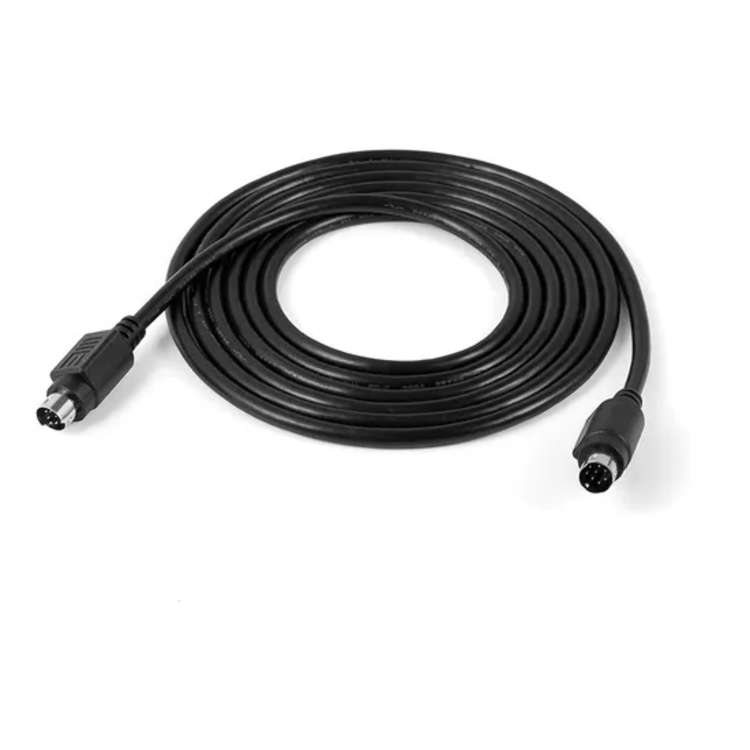Premium Aviation Cables for Aircraft Systems | High-Performance & Reliable Solutions
Premium Aviation Cables for Aircraft Systems: Elevating Safety and Performance In the demanding world of aviation, reliability and precision are non-negotiable. Premium Aviation Cables for Aircraft Systems are engineered to meet the r.







